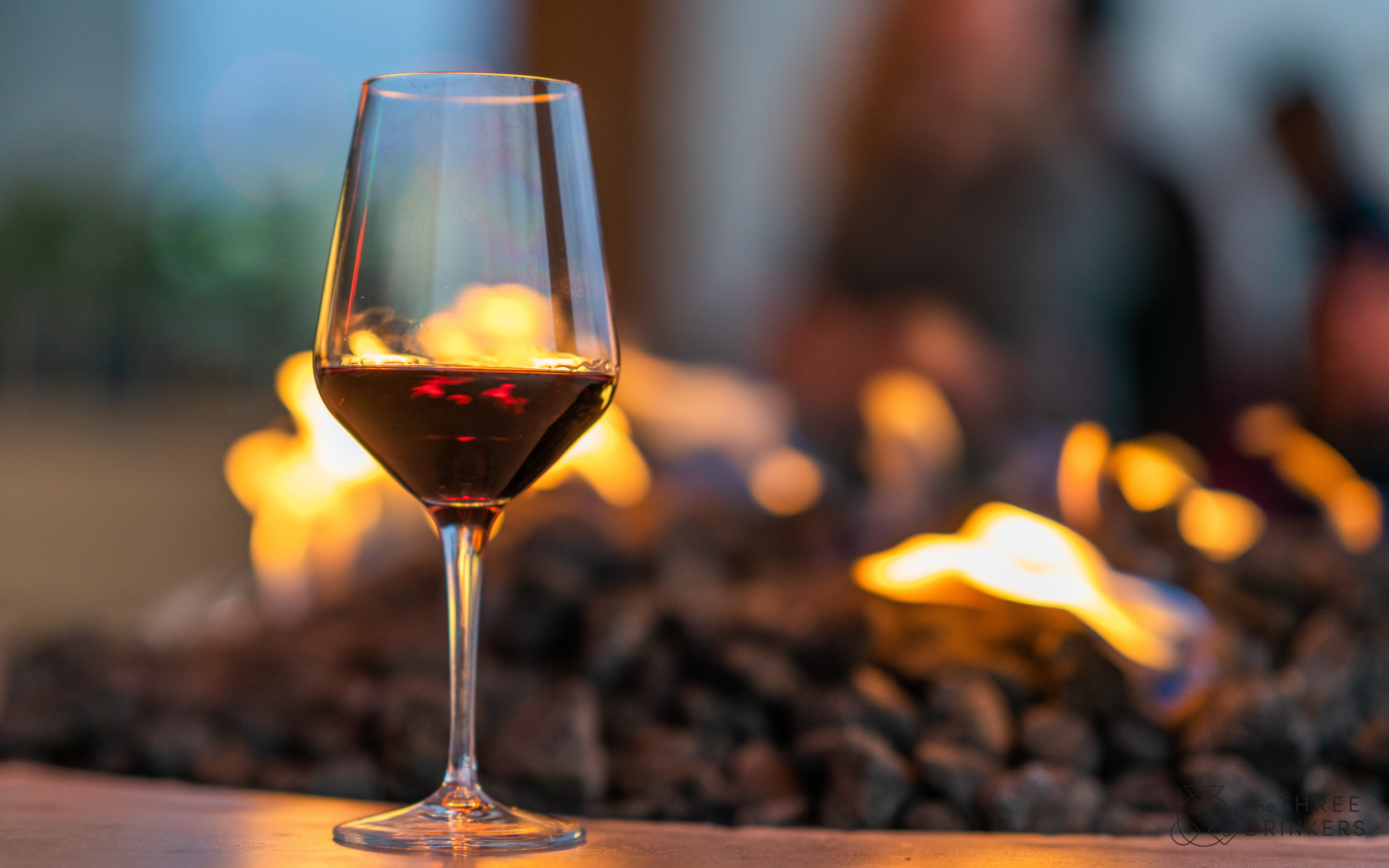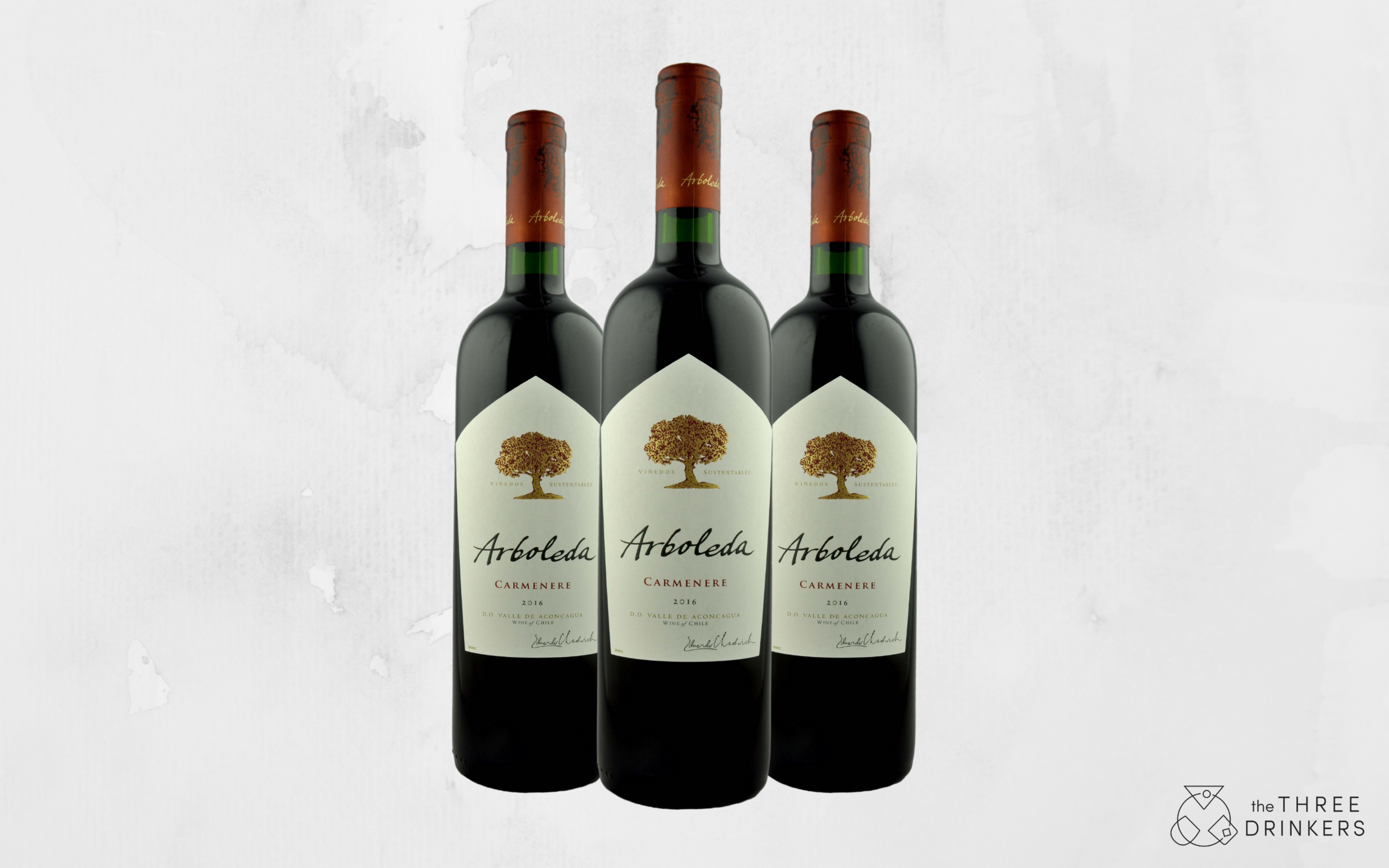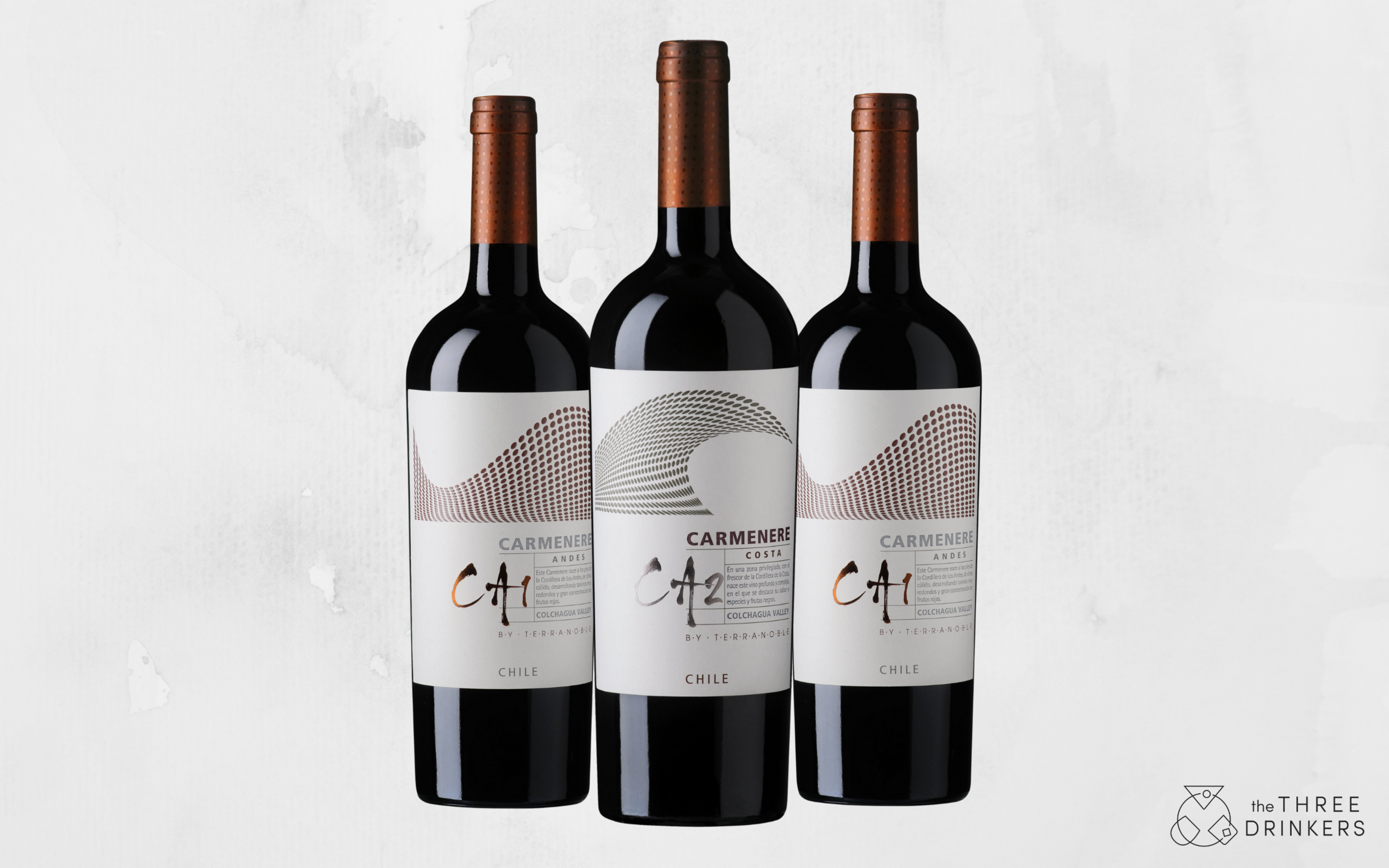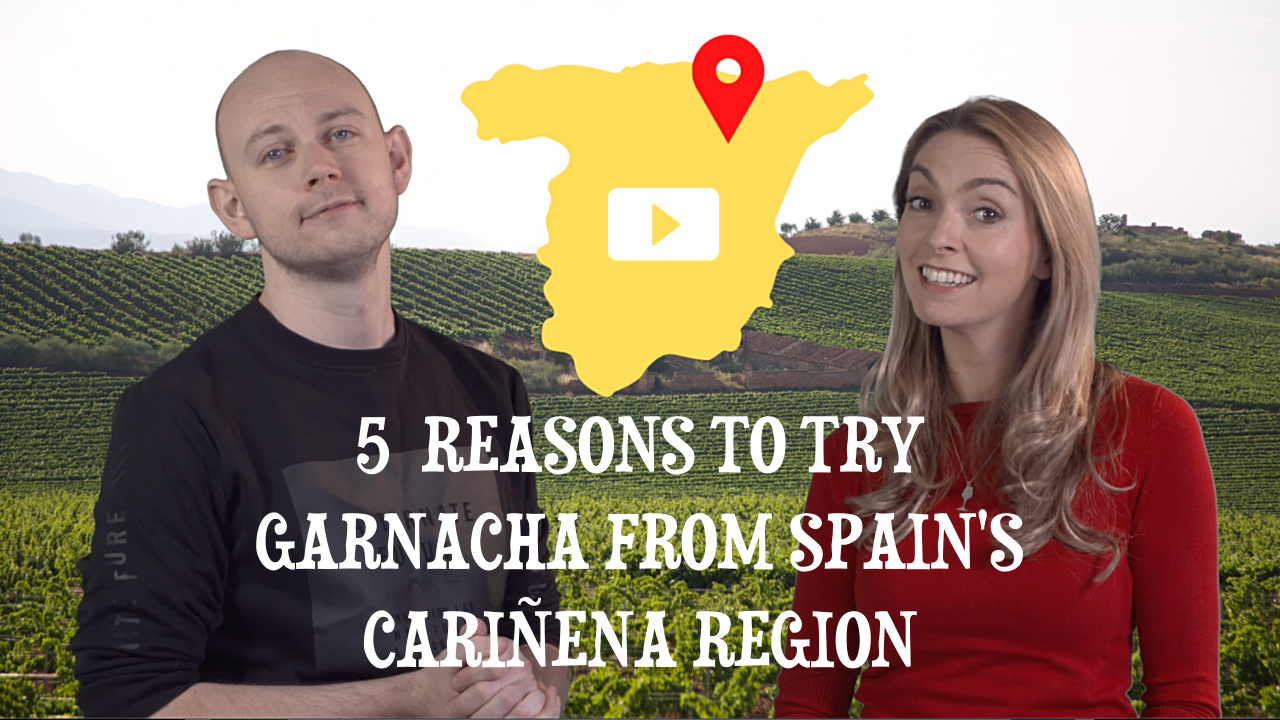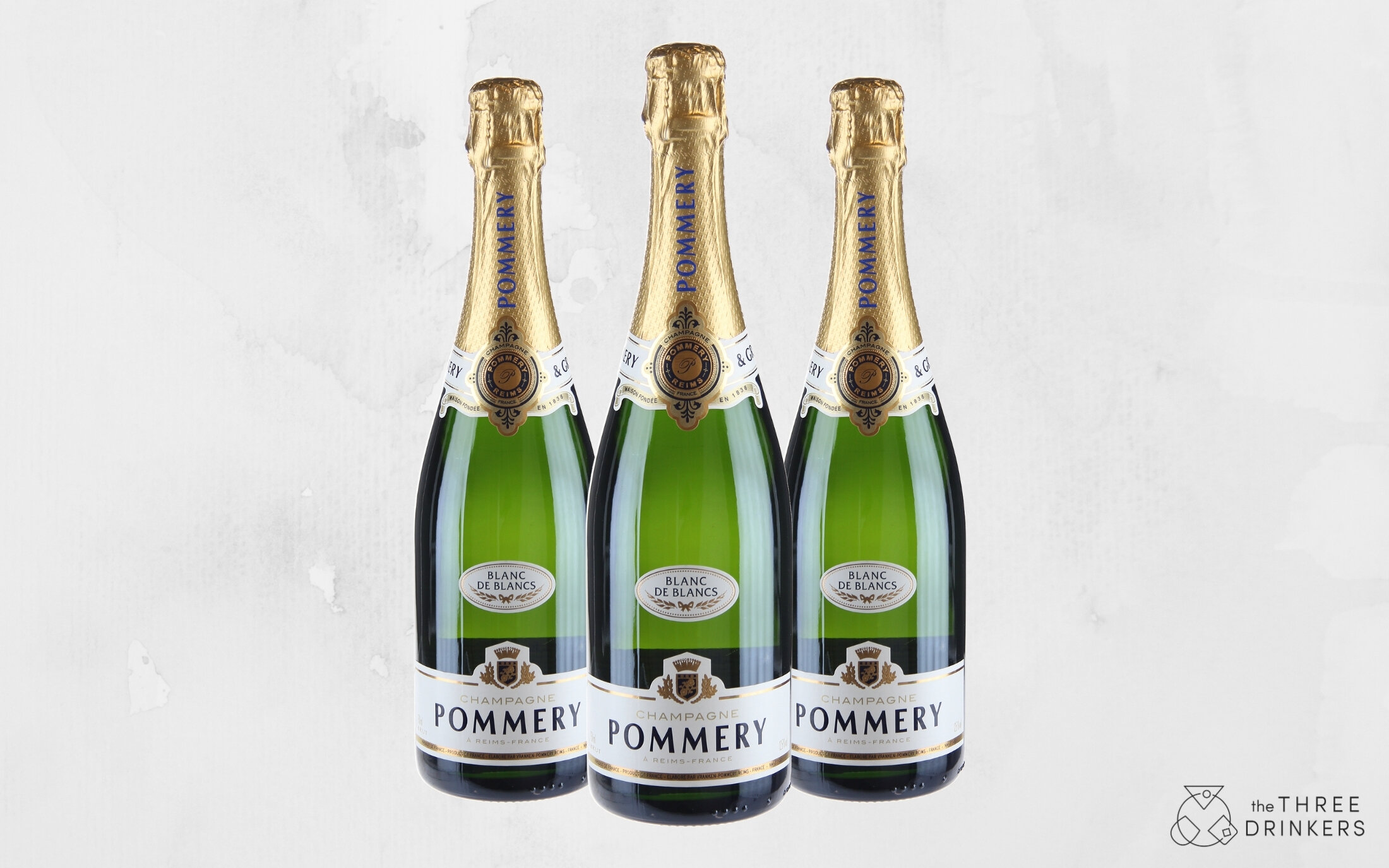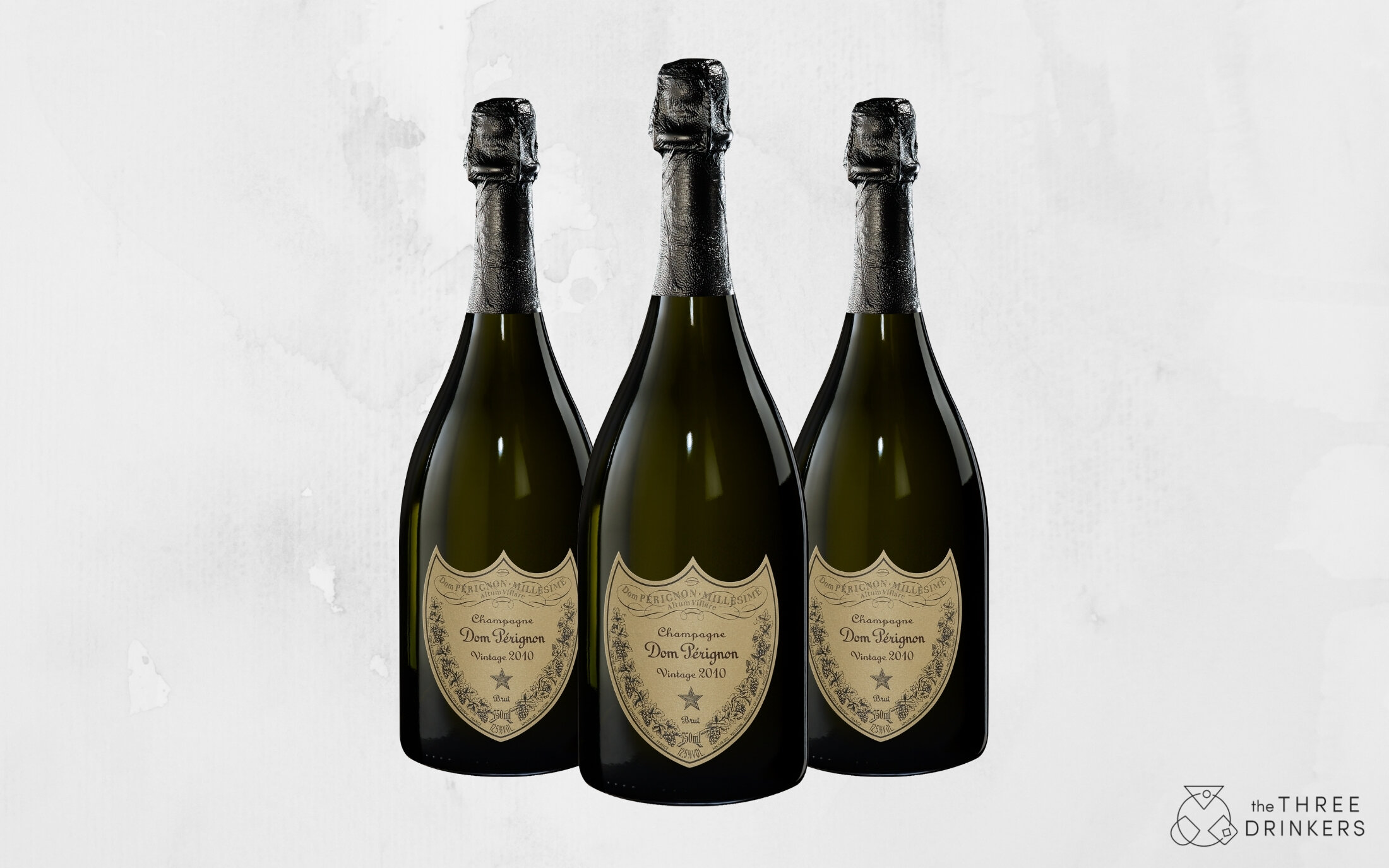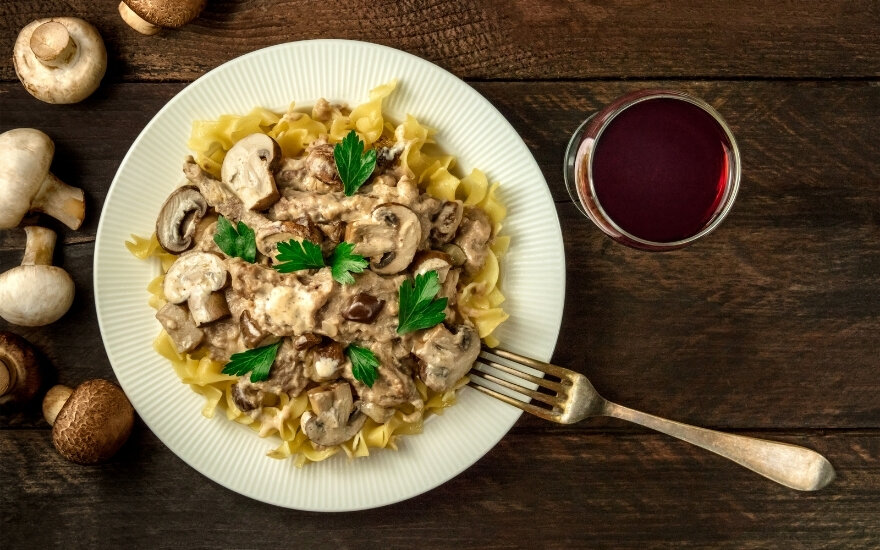Press release from the Drinks Trust
Over the last few months, The Drinks Trust has been able to award a significant number of financial grants to people within the industry who have been struggling with challenges at this time. In addition, an increased selection of wellness services have been made available to support people. The Trust will continue to provide these services. However, the emerging and likely long-term effects that the current situation will have on the community has led us to launching our first Drinks Industry Survey. It has been created to establish how members of the hospitality and drinks industries are feeling, what their concerns are and to better understand what their thoughts are on diversity and inclusion in our industry.
Link to the survey: https://waw.getfeedback.com/drinkstrustsurvey
The results will help to evolve the services and support supplied by The Drinks Trust as well as businesses in the drinks and hospitality sectors. The survey includes four sections covering you, your work life, diversity and your wellbeing and should take approximately 12 minutes to complete.
By understanding the diverse nature of our industry, and what more needs to be done to evolve it, we are able to better support the drinks industry community.
The survey has been created by We Are Wellbeing in association with Best Bar None, NDML, NTIA, SIBA and WSTA.
Drinks Trust CEO, Ross Carter said, “we are very keen to understand the needs of the people within our industry so we can ensure we provide the best possible support to them. We ask all businesses to share the survey so we can build a comprehensive picture”.
Operations Manager, of NTIA, Silvana Kill said, “The NTIA are extremely proud to work in partnership with the Drinks Trust, Best Bar None, We Are Wellbeing and all partners to create this survey. We hope to gain some critical insight and understand how best we can support our industry. Never has there been a more important time than now to join forces and support diversity, inclusion and the wellbeing of the night-time industry workforce. We are fully committed to helping our community on this journey throughout the pandemic and beyond.”
Andy Romero-Birkbeck, Founder &Director of We Are Wellbeing said, “We Are Wellbeing are proud to be supporting the hospitality industry, particularly at a time like this. We firmly believe that the success of the drinks and hospitality industry is crucial to the social wellbeing of our society. We will do whatever we can to ensure both businesses and employees are supported throughout”.
Take part in the survey: https://waw.getfeedback.com/drinkstrustsurvey



